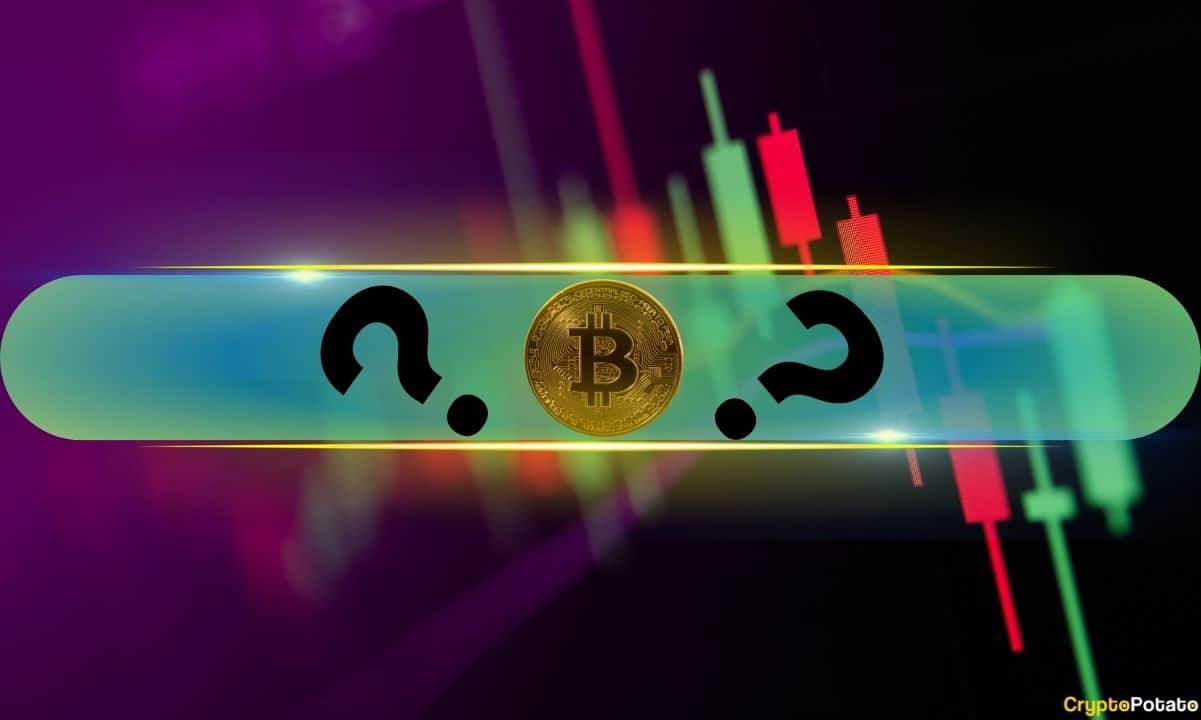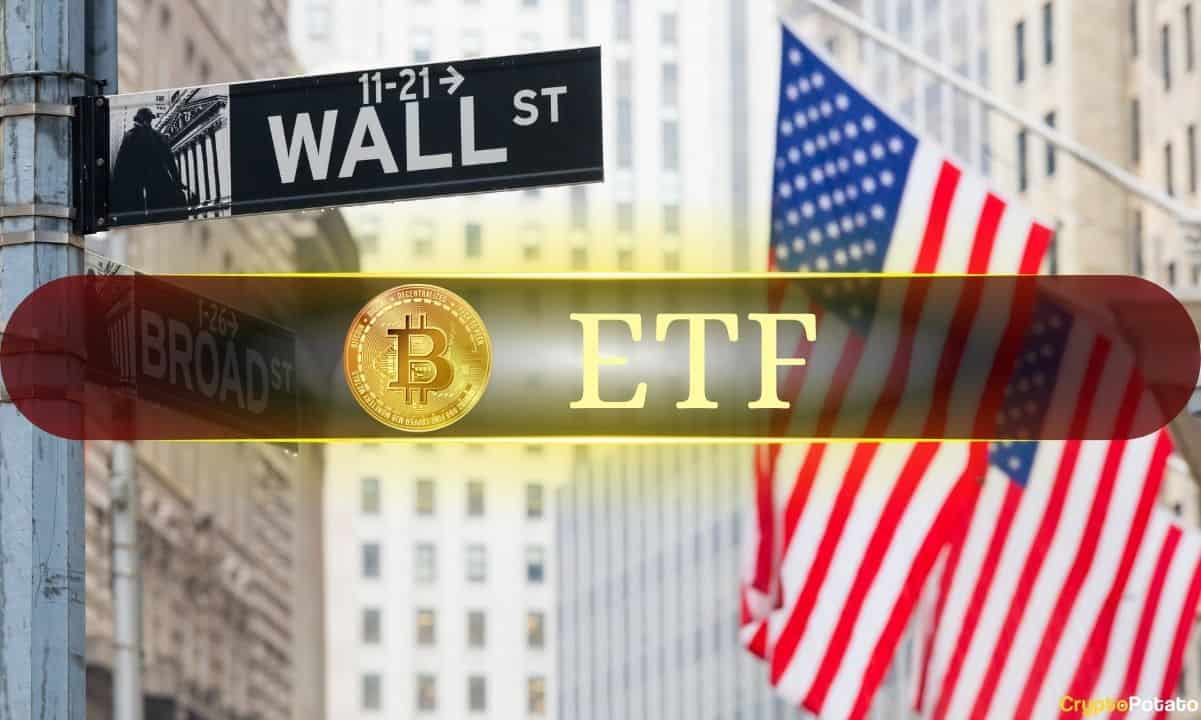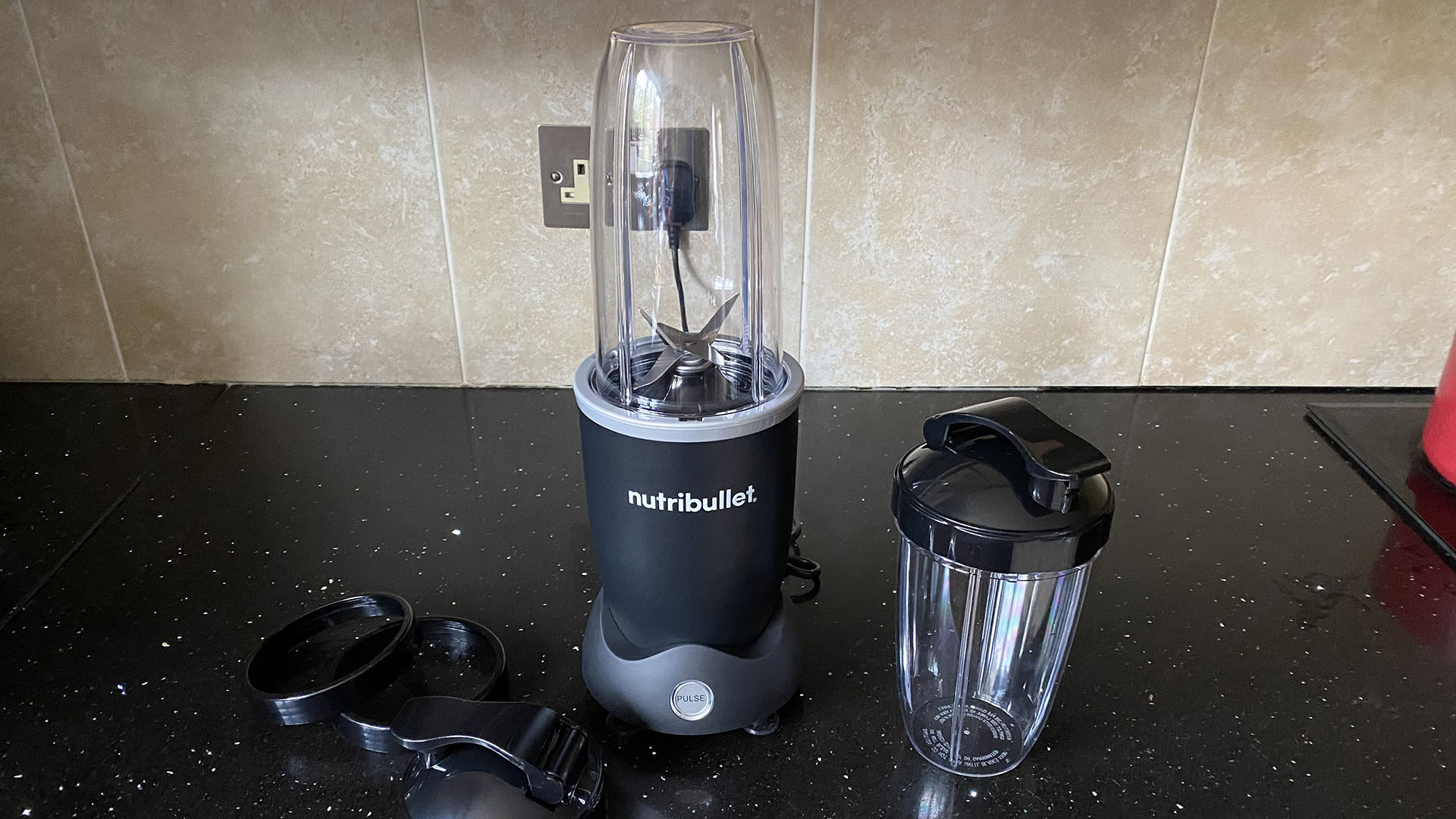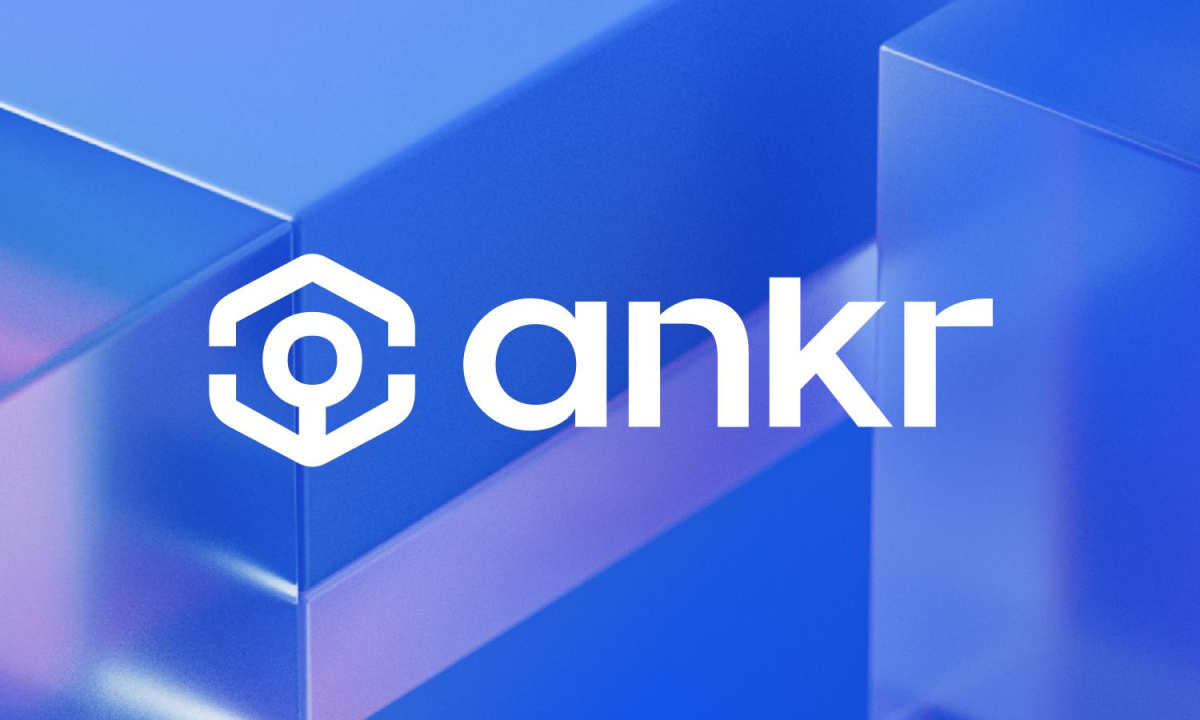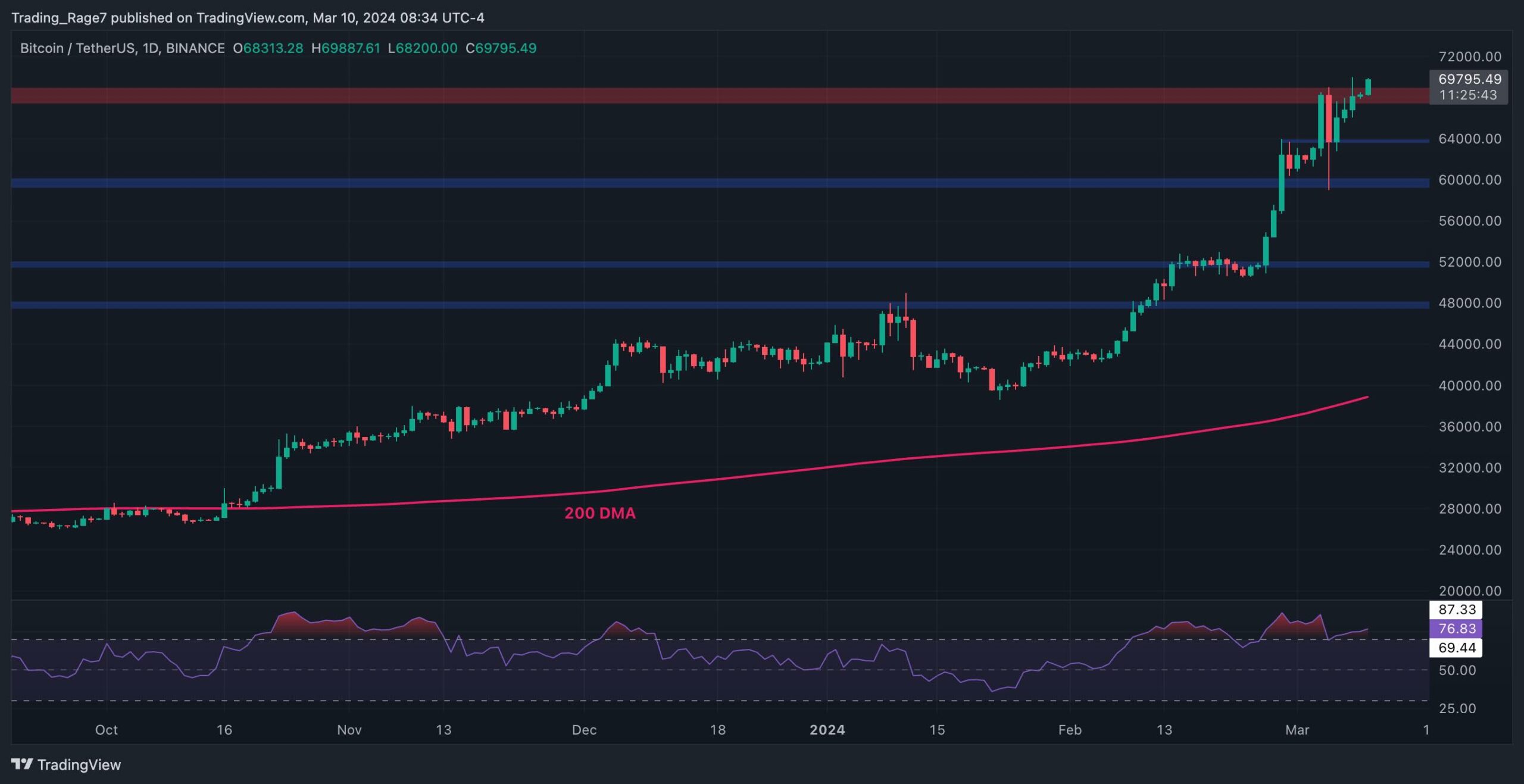Going Bankless: Bitcoin Offers The Ultimate Financial Freedom
Absolute scarcity isn’t Bitcoin’s only value proposition. Enabling users to unilaterally control their financial lives is priceless. The ninth installment of 10 Steps to Self-Sovereignty powered by Ledger.
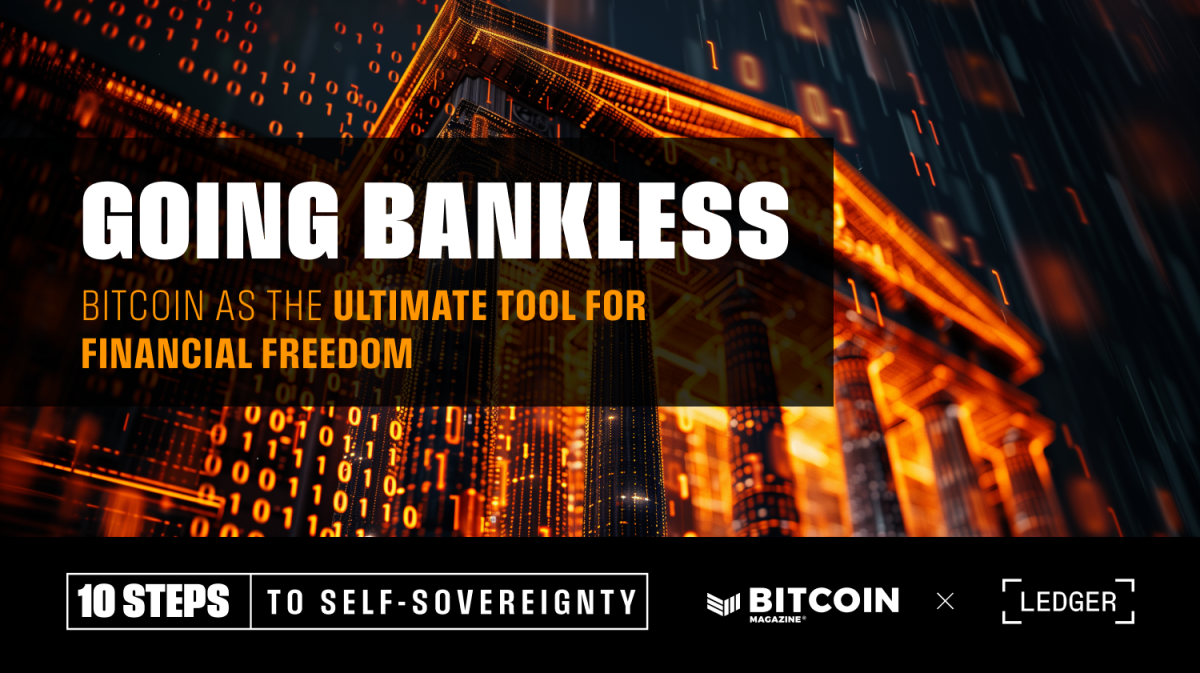
It is often said that Bitcoin allows anyone to be their own bank. If you know anything about Bitcoin’s ethos and underlying tech, you’ve likely heard of this concept before. But do you know exactly how that works and why Bitcoin is more suitable as a store of value than your bank?
To get the full picture, it’s important to understand how banks work today, and how Bitcoin differs from the traditional financial system.
The Problem With Banks
The first problem with banks is their custodial nature, and with that, the risk of rehypothecation inherent to fractional reserve banking. If banks were simply means of warehousing cash for their clients, using them would only imply counterparty risk. While not ideal, this would not necessarily be a problem if banks simply let customer funds sit there, but that’s not exactly what happens. To explain, banks lend your hard-earned cash, often purchasing government bonds to collect a yield on that cash. Sometimes, a bank might lend out too much and not maintain enough liquidity to honor redemptions, and unfortunately, there’s nothing you can do about it. If the bank goes down, often, your funds go along with it.
Not only that, but the traditional financial world is gatekept. Put simply, traditional financial institutions must adhere to national and local regulations that place restrictions on how individuals can use their hard-earned currency. This problem is exacerbated in countries with strict capital controls. If government regulation can change at the drop of a hat, your funds in a bank can be put at risk. Banks and traditional financial institutions, existing at the grace of their government’s legal and regulatory system, have no choice but to comply.
In either of these situations, you’d lose out through no fault of your own. Your funds rely entirely on the bank’s integrity. This is a big risk. Banks have failed before and they will fail again. Unfortunately, centralized financial institutions just come with these types of risks.
Why is Bitcoin the Solution
To avoid this uncertainty, you want to store capital outside the jurisdiction of centralized entities. The only answer is to use a purely decentralized store of value, i.e. Bitcoin. Bitcoin circumvents these risks with a few features that centralized financial institutions cannot offer.
Borderless
Unlike banks, Bitcoin is borderless. You can access and use your funds in any country, and you can send BTC to anyone around the world. The beauty of borderlessness is that it doesn’t cost you anything more to send BTC to your next-door neighbor than it would to send it to someone on the other side of the world. Plus, unlike banks, currency exchange fees aren’t necessary. In addition, users can transact across political jurisdictions seamlessly due to the permissionlss nature of Bitcoin.
Peer-to-peer transfer of value
A key difference between the traditional financial system and Bitcoin is the former’s requirement of trusted third parties that facilitate transactions. This implies that a third party can approve or deny a given transaction, stymying an individual's expression of financial agency. In contrast, Bitcoin’s permissionless peer-to-peer network sidesteps intermediaries, allowing individuals to unilaterally dictate transactions between each other.
Ownership
An additional benefit of Bitcoin is the ability for individuals to control their funds through the power of cryptography. In essence, if someone has access to a given Bitcoin private key, they can control the flow of funds from public addresses associated with that private key.
As long as no one has access to your private keys, only you can control your Bitcoin. While there are challenges when it comes to privately and safely storing your private key (generated from a seed phrase), you can securely use this private key to sign messages and interact with the Bitcoin network. While storing funds in a bank account allows the bank to lend out or use your funds, that’s not possible with a non-custodial Bitcoin wallet. That’s what true ownership is all about.
To Be Truly Bankless, How You Manage Your Bitcoin Matters
If you want to go truly bankless, it’s important to understand the cross-over of traditional financial institutions and centralized bitcoin custodians.
Centralized exchanges are businesses registered in specific countries. As such, they must comply with local laws and regulations, just like banks. Plus, they don’t allow you to manage your own private keys. The company can access your bitcoin at any time, just like a bank can with your fiat currency.
Any of these centralized institutions rely on the integrity of the banks they use. They all involve counterparty risk. If you use a crypto platform that relies on a bank, and the bank goes down, your funds go along with it. So, if you’re dead set on going bankless, make sure you take these aspects into account.
Challenges On The Road To Banklessness
To go bankless with Bitcoin, you know you need to embrace self-custody, but custody isn’t the only challenge. Of course, Bitcoin works a little differently from fiat currencies, so truly going Bankless with Bitcoin also has its challenges.
Everyday Payments
Bitcoin’s suitability as a store of value is unmatched, but it can offer a challenge for everyday payments. Bitcoin’s average block time is 10 minutes – meaning that a simple payment for an item like a cup of coffee is heavily constrained by Bitcoin’s design.
That said, there are solutions to scale both Bitcoin’s transaction speed and total throughput. For example, the Lightning network, a Bitcoin Layer 2 solution, provides near-instant and global final settlement of transactions while minimizing the use of the Bitcoin base layer. While Lightning is constrained by certain aspects of its design, like needing to settle on Bitcoin itself to close and open payment channels, Layer 2s like Lightning network open up the possibility of greatly scaling Bitcoin’s use as a medium of exchange.
One proposal to overcome the Lightning Network’s design constraints, as mentioned above, is the use of Chaumian ecash, where federated mints can issue redeemable certificates to users in the way that cash was at one point, a certificate of deposit redeemable for gold.
In an ecash implementation, a network of federated mints would use Lightning to settle between each other, and retail payments would take place using ecash itself. This implies that Lightning may become more of a commercial solution for scaling Bitcoin financial services, and that retail payments would take place on solutions built on top of Lightning.
Widespread Adoption
Of course, it’s impossible to truly go bankless with Bitcoin if it is not accepted as a medium of exchange. For now, businesses that accept bitcoin are still in the minority in most places around the world. At first, you might be searching for in-person and online shops willing to take cryptocurrencies.
However, bitcoin adoption is changing significantly. While Bitcoin is still a teenager, countless big brands accept Bitcoin today. Disney, Playstation, Microsoft, Starbucks, KFC, Burger King: the list of Bitcoin-friendly businesses is only increasing.
Your Road To Banklessness
In conclusion, going bankless with Bitcoin involves due diligence. For starters, you need a non-custodial wallet such as a Ledger device. But going truly bankless doesn’t end there. You must assess the platforms you use and how you use them. And finally, you must put measures in place to make your everyday transactions more feasible.
But, with those pieces in place, you're well on your way to fina
What's Your Reaction?














